top of page
Our DOLRE realisations



1/2
Sesslich - Belgium - H233 NAK




1/3
Saint Jean de Luz - France - H241




1/4
Stavelot - Belgium - N232


1/1

20240202_112236

20240202_112204
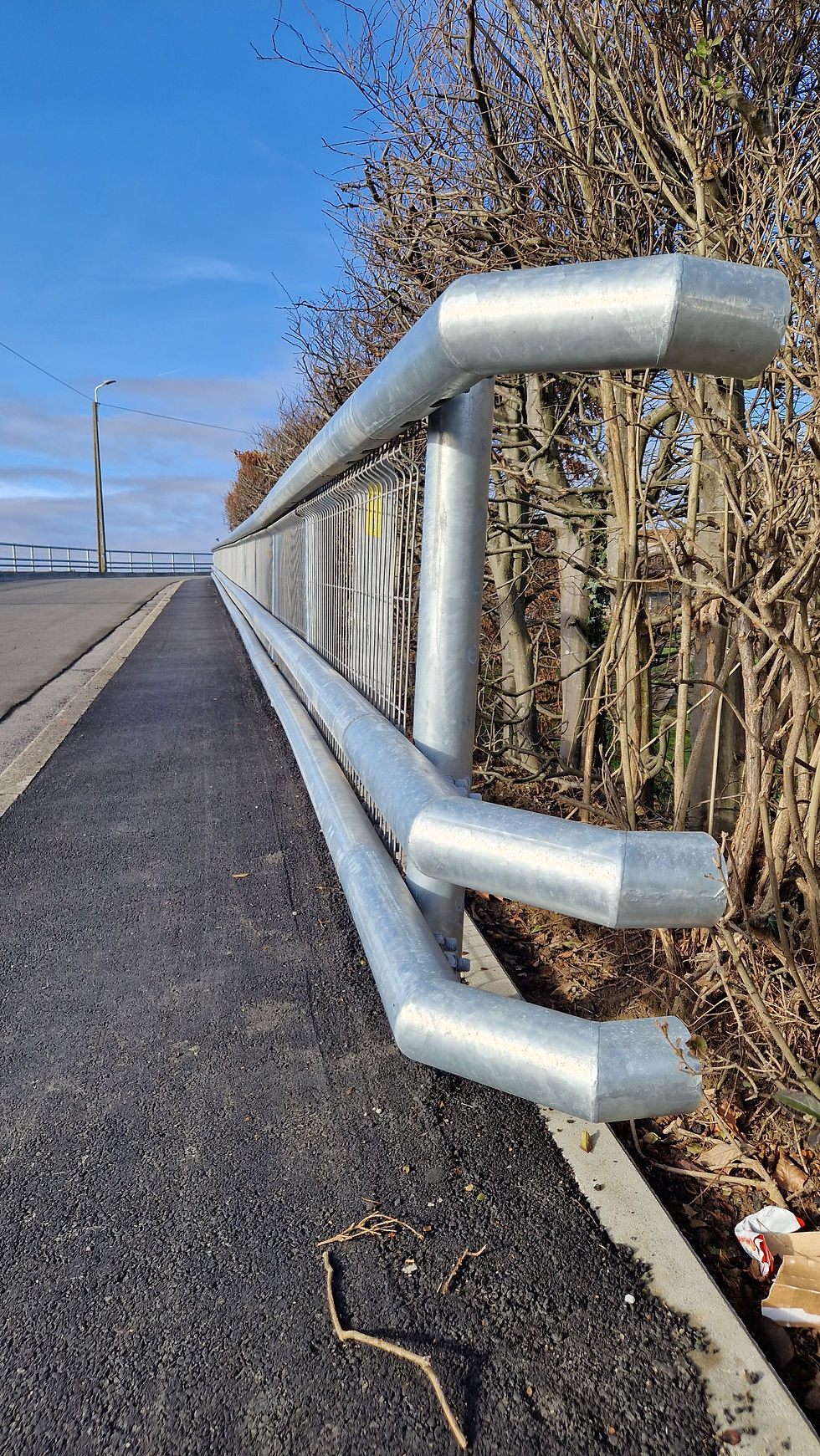
20240202_112038

20240202_112236
1/5
Seilles - Belgium - N246


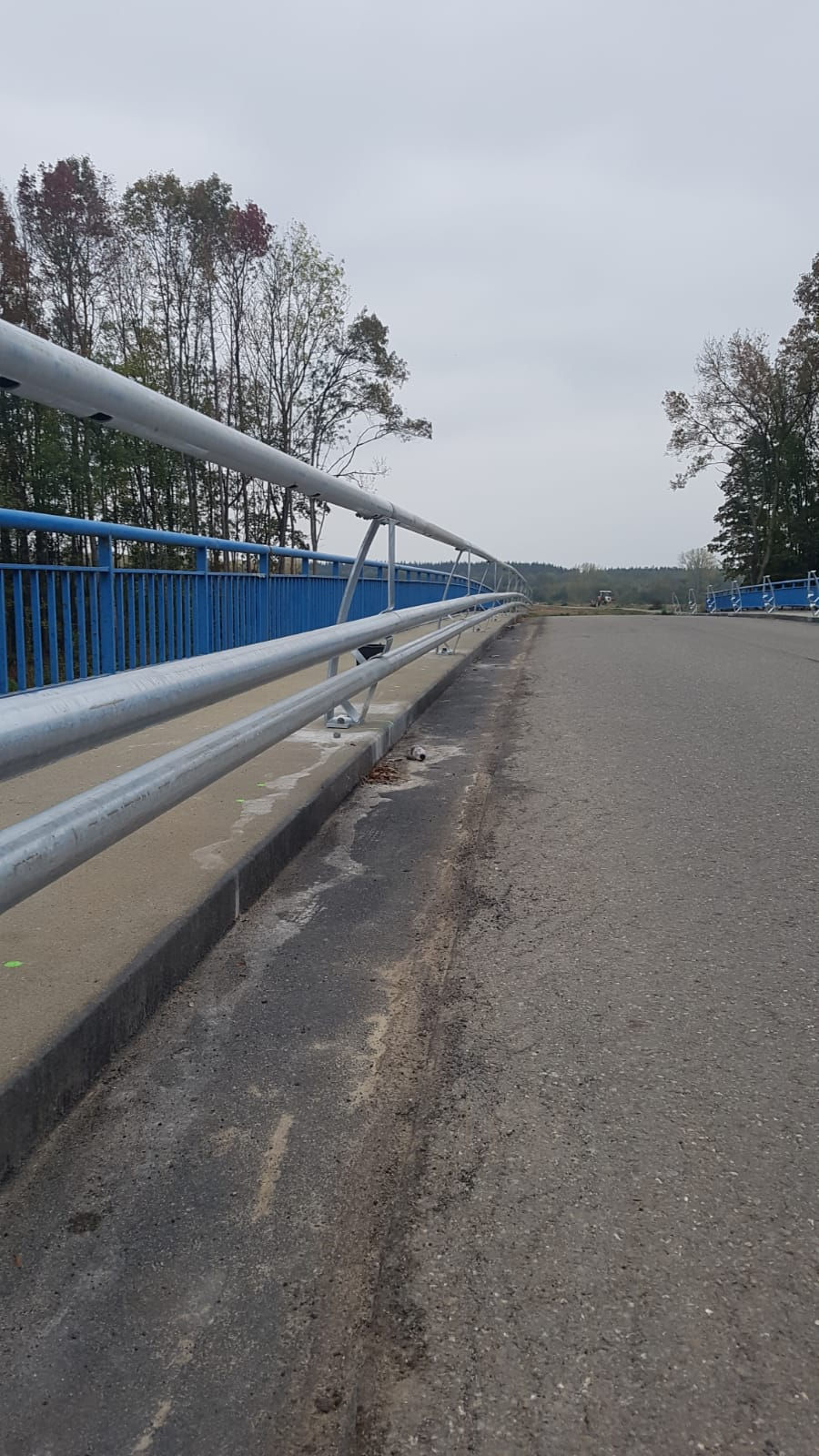

1/3
Petit-Waret - Belgium - N232



1/2
Couvin - Belgium - N232

img_6044

img_6022

img_6020

img_6044
1/4
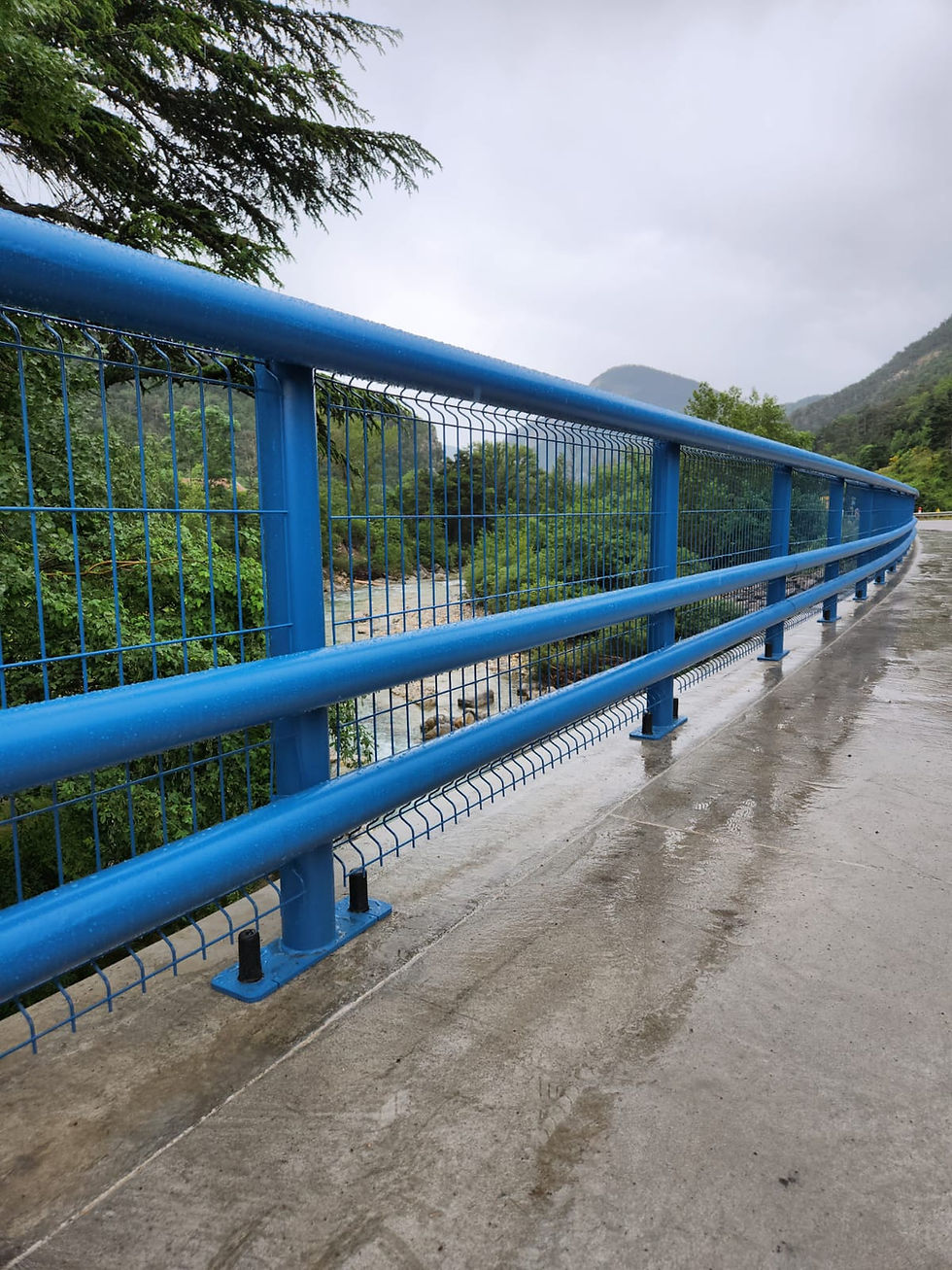
desami gcdf n2 pont bleu (1)
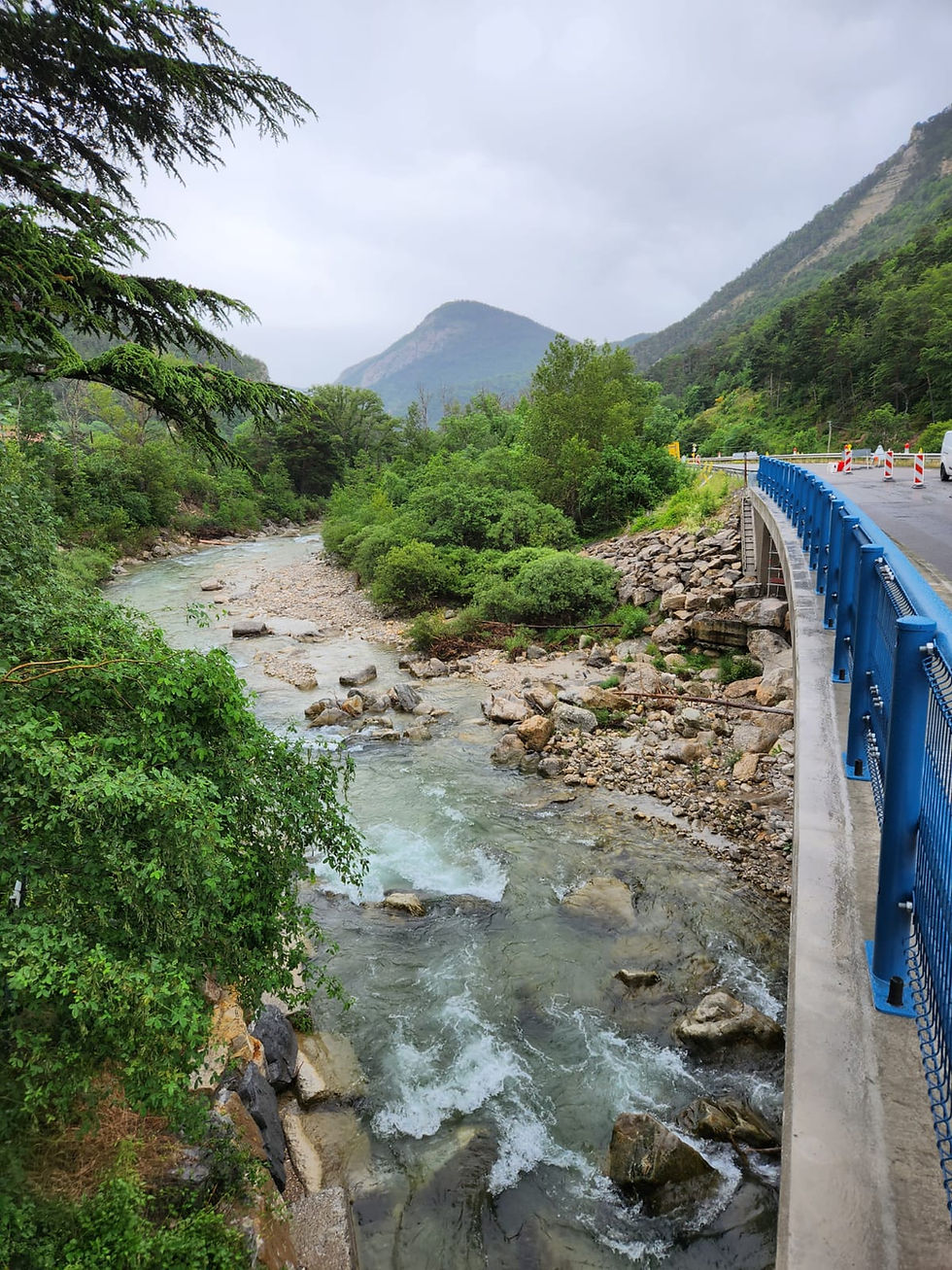
desami gcdf n2 pont bleu (9)
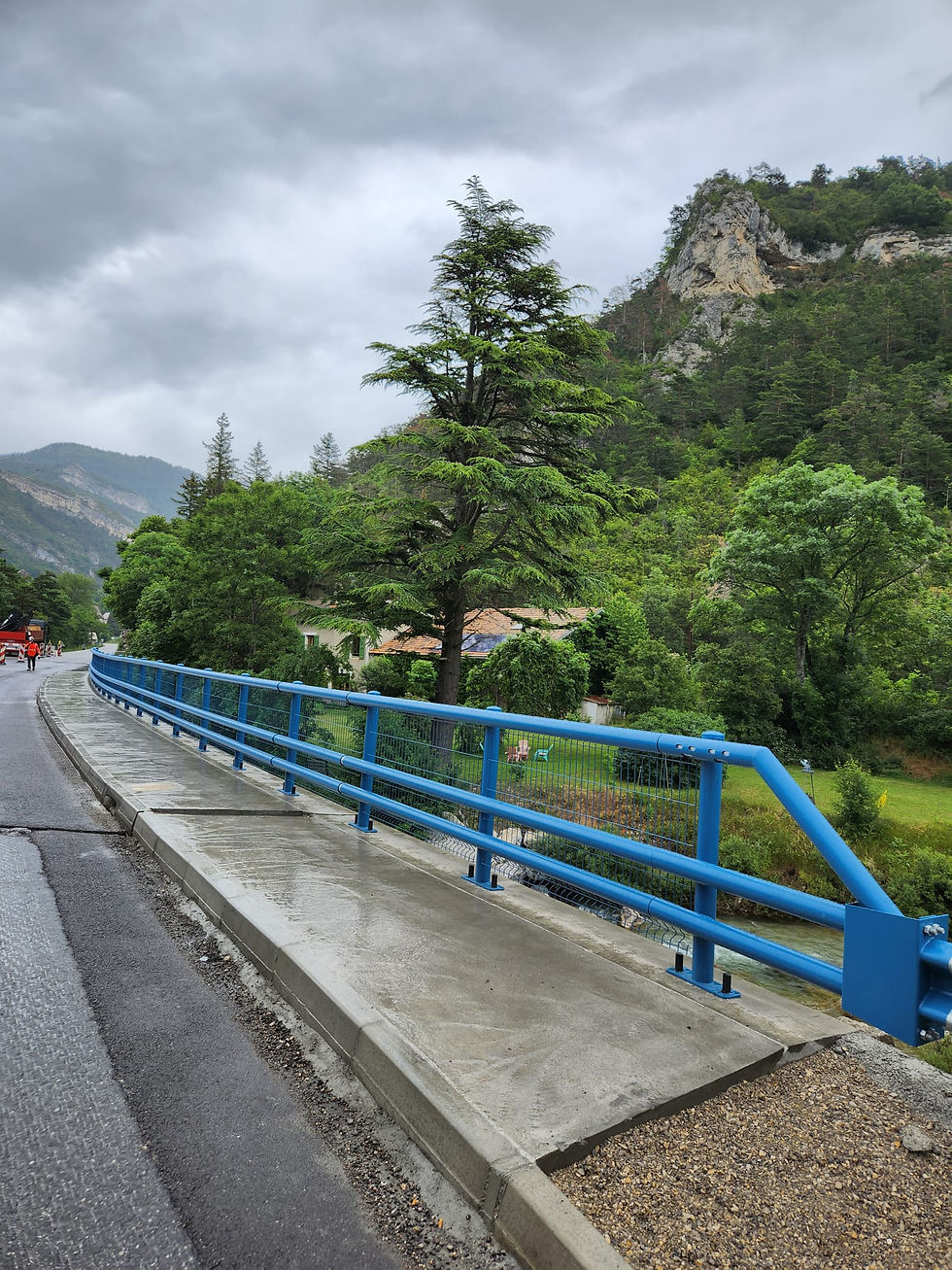
desami gcdf n2 pont bleu (5)

desami gcdf n2 pont bleu (1)
1/5
Alpes - France - N246
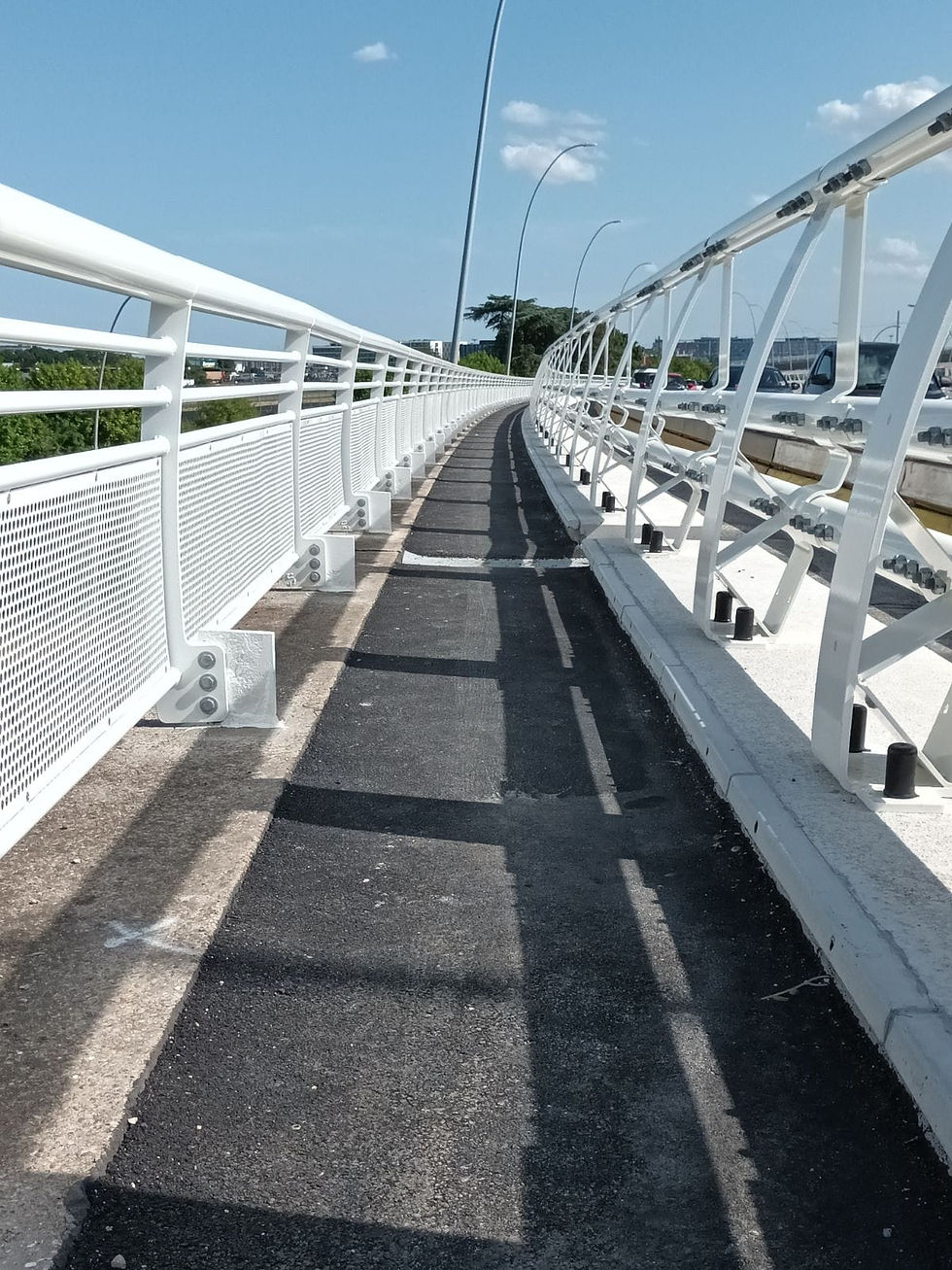
img-20230731-wa0015

img-20230731-wa0016

img-20230731-wa0015
1/2
Paris (Orly) - France - H233 NAK

dolre h241 - sanary sur mer (1)

dolre h241 a50 sanary sur mer (2)

dolre h241 a50 sanary sur mer (1)

dolre h241 - sanary sur mer (1)
1/3
Sanary-sur-mer - France - H241

20211019_180010

img_20210809_145938

20211019_164927

20211019_180010
1/7
RCEA - France - H241 -
55 bridges
bottom of page


